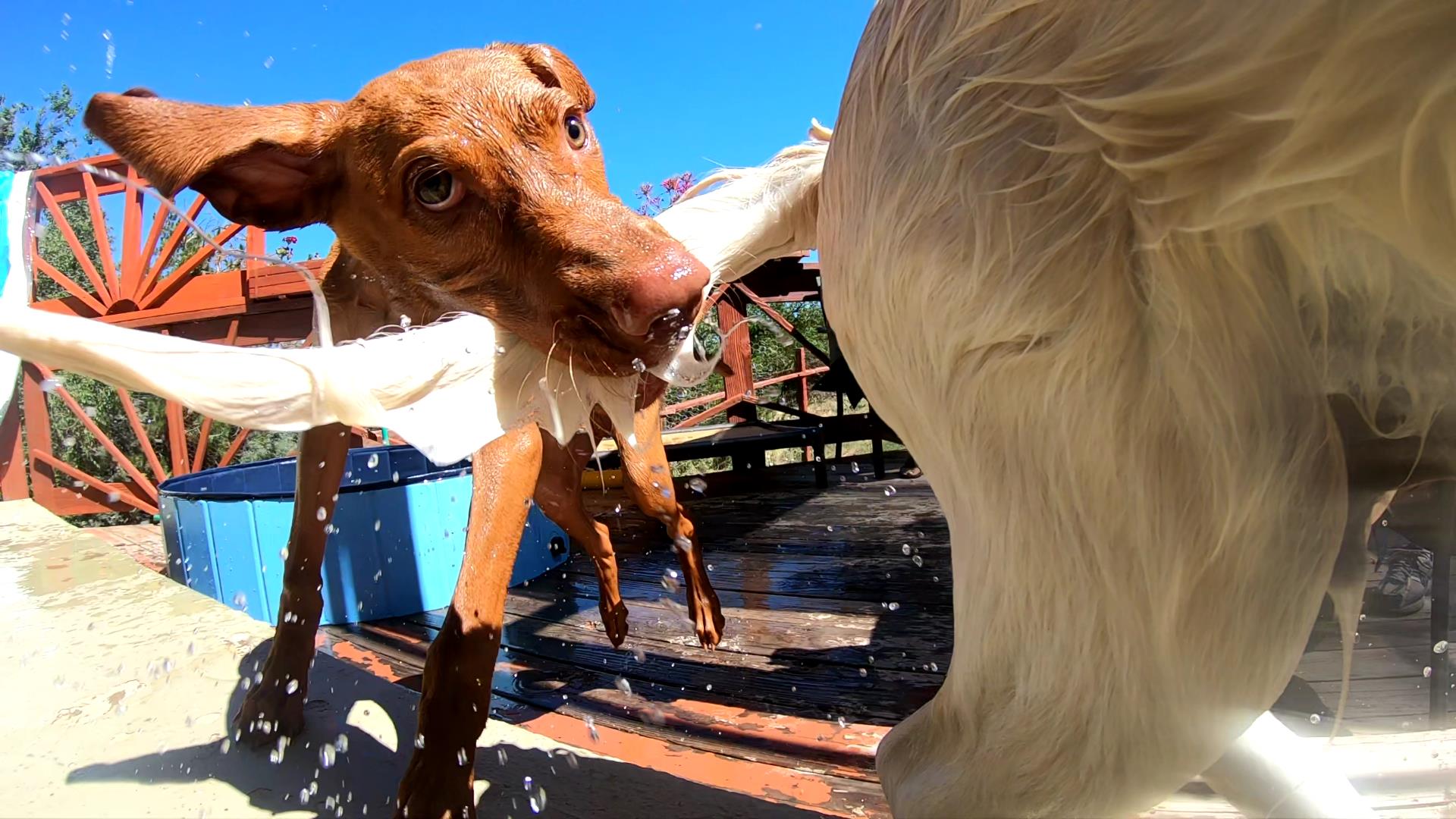This is a Quora question I was asked and my answer is as follows.
I think to use consumer insights to inspire product innovation you need to setup a process for identifying consumer insights relative to your product(s) and brand.
From a high level perspective, I look at three areas to obtain research and insights.
Secondary Research
I will start with this first, as I consider it a top-down approach to gathering consumer insights, and comes largely from marketplace and industry intelligence sources (not from the consumer, which is primary).
Marketplace intelligence is about what consumers are responding to and the trends that underpin their actions. For this, I read a variety of marketplace intelligence resources (some free, some paid), I talk to industry contacts, and perform competitive research.
Industry intelligence helps me understand how an industry that serves a consumer is responding to consumer insights, which is a great way to back into consumer insights. This might be a part of competitive research but also would include service providers that serve the industry (for example, a co-packer that manufacturers for different brands).
Primary Research
I consider primary research to be more bottom-up, because I am interacting directly with consumers to get insights. I like to use passive consumer voice mining for primary research on consumers. I am not a big fan of surveys, which I have outlined why, here: Why you should ditch customer surveys and what to do instead to get product feedback
There are many many big data tools – both free and paid – to gather insights on what customers do. I mostly use free ones like keyword and hashtag searches.
There is also neuromarketing as another primary research tool, which I have not yet used. There has been some negative research come out about using elements of this for consumer insights, but it still seems to hold promise.
I think primary research is just a lot of about observing and watching what people do and respond to (not necessarily what they say because that can be misleading).
Personal Experience
I think the best way to obtain consumer insights is often your own experiences with respect to a need, a pain, a product or product category. If you have a problem that you want to solve with creating a new product, odds are other people have the same product.
I think without personal experience the primary and secondary research you do still won’t give you the real perspective to innovate.
Organizing Research
I use a knowledgebase I created to help organize and keep track of my research. My knowledgebase is a combination of a database that I use for my eyes only and a content management system where I allow others to access.
I find it helpful to categorize the research across a few different dimensions:
- Based on the product adoption lifecycle;
- Sometimes tied to an individual or a company in my database;
- Based on which component of a company that insight falls into (for example, how a consumer responds to certain types marketing may fall under marketing, not R&D). See image below for a breakdown of the different components that makeup a company.
Research Sources
There are many primary and secondary data sources and it is hard to keep track of them. I have a master list of my intelligence sources and am adding to it all the time. This helps me remember what sources provide what kind of data. This is independent of my CRM database that has all of my contacts, many who are always great sources of insights.
Inspiring Product Innovations
My process above helps inform me, which I suppose based on having the information, will inspire me as well. Since I work predominantly in consumer product startups, I feel I don’t need inspiration to do product innovation because it is just a natural part of my work.





